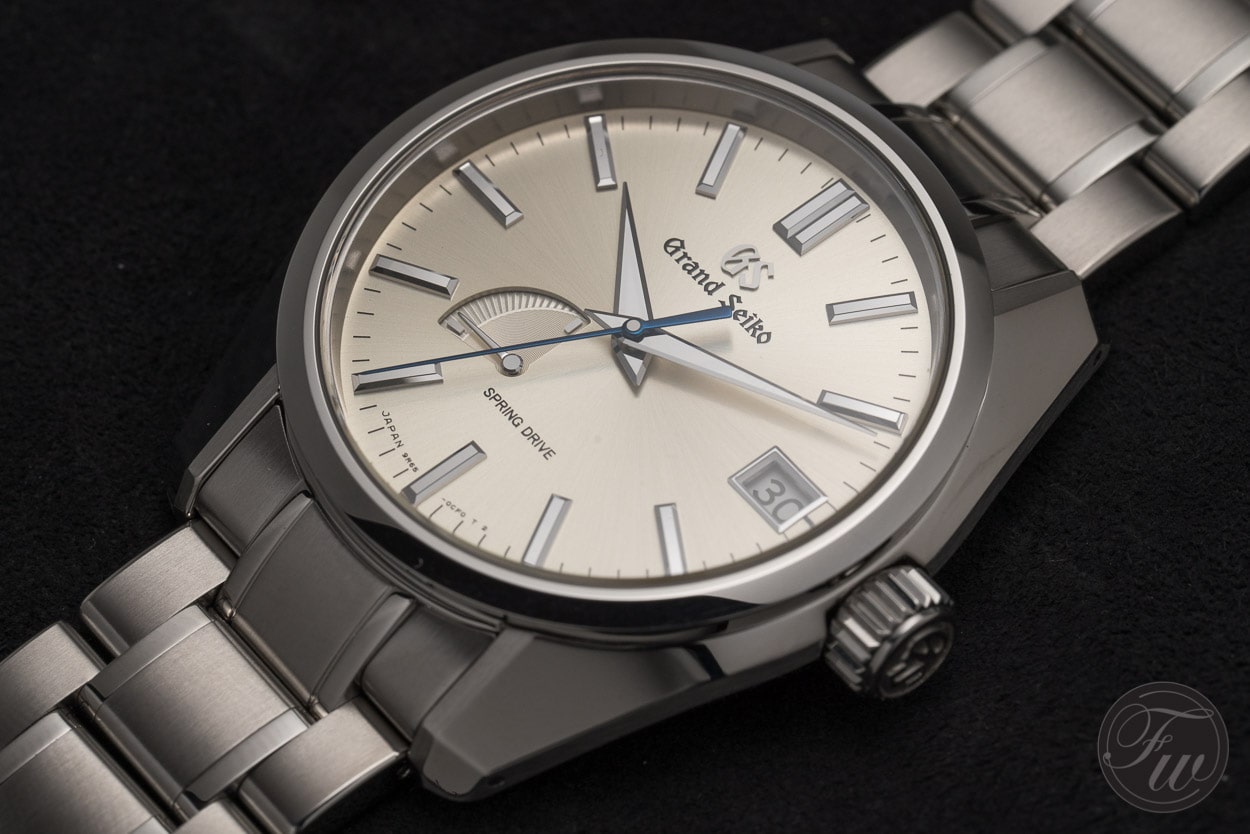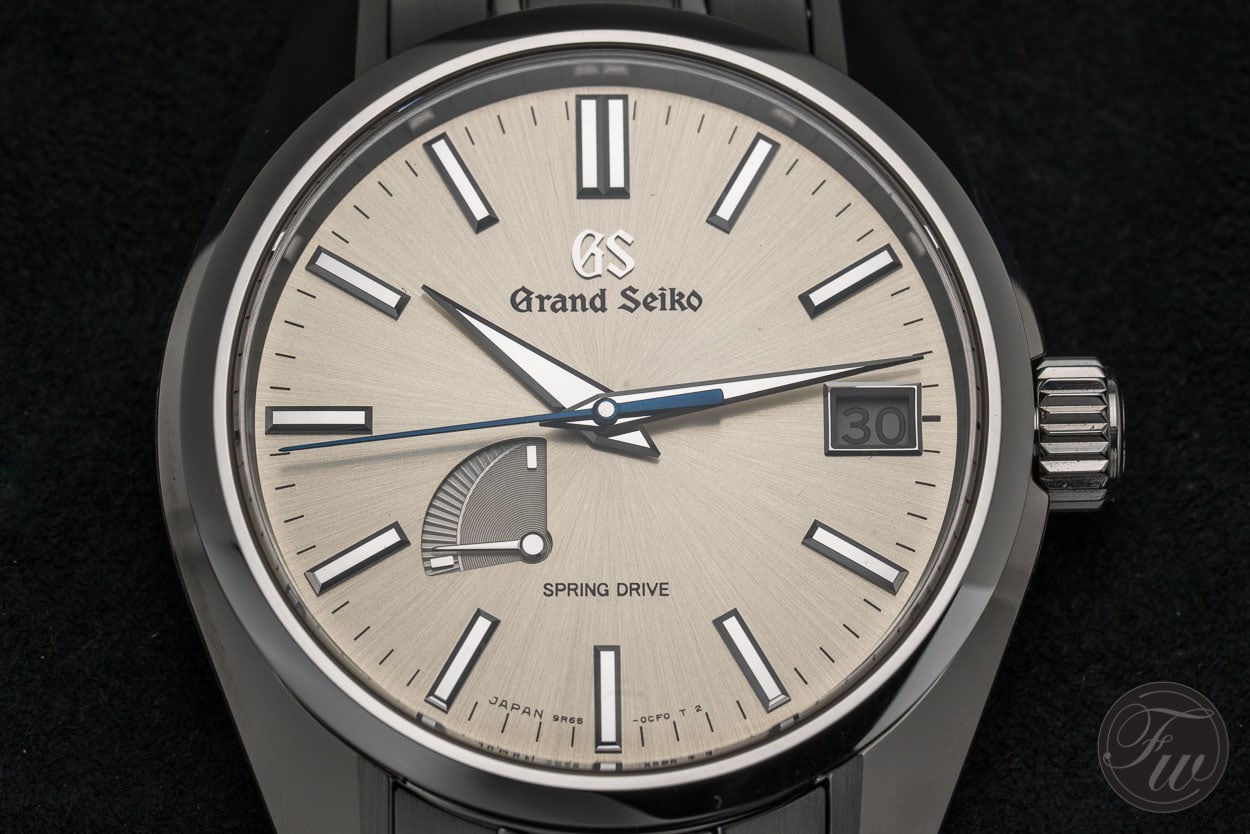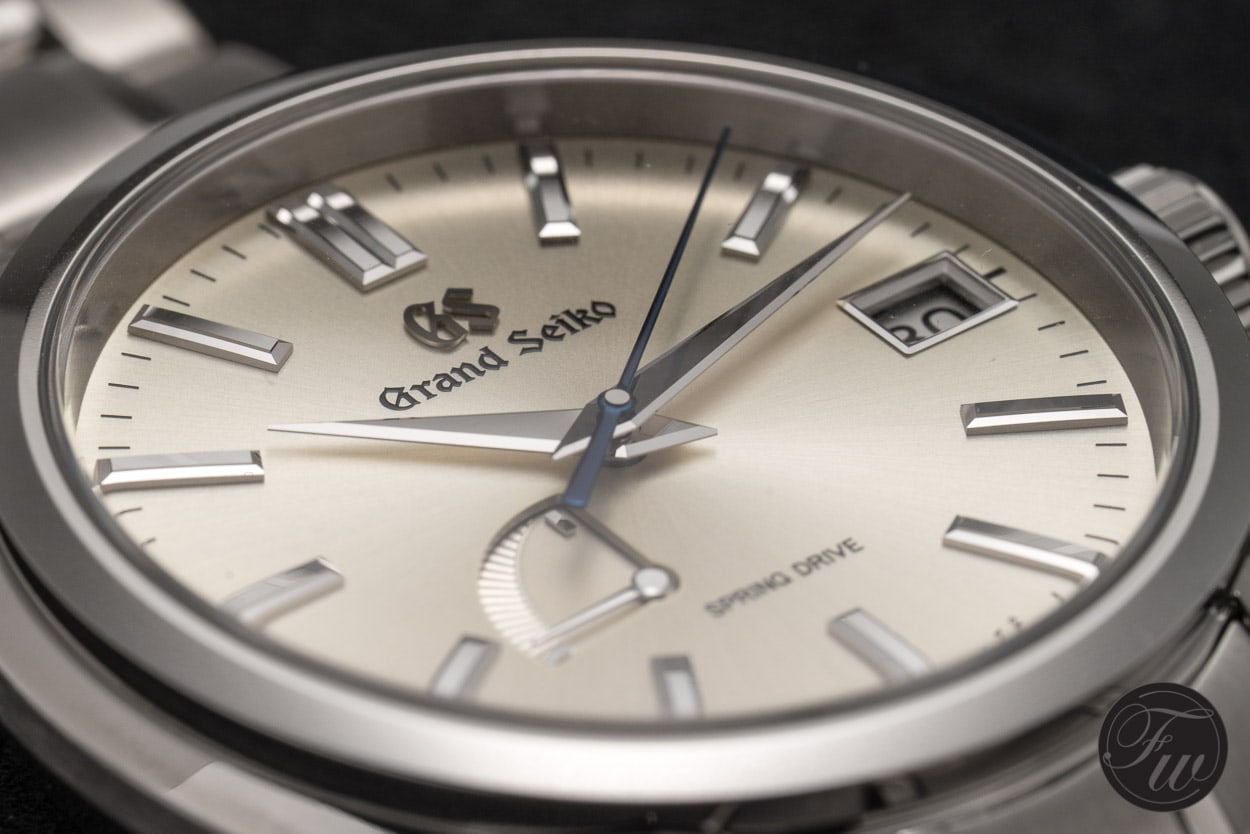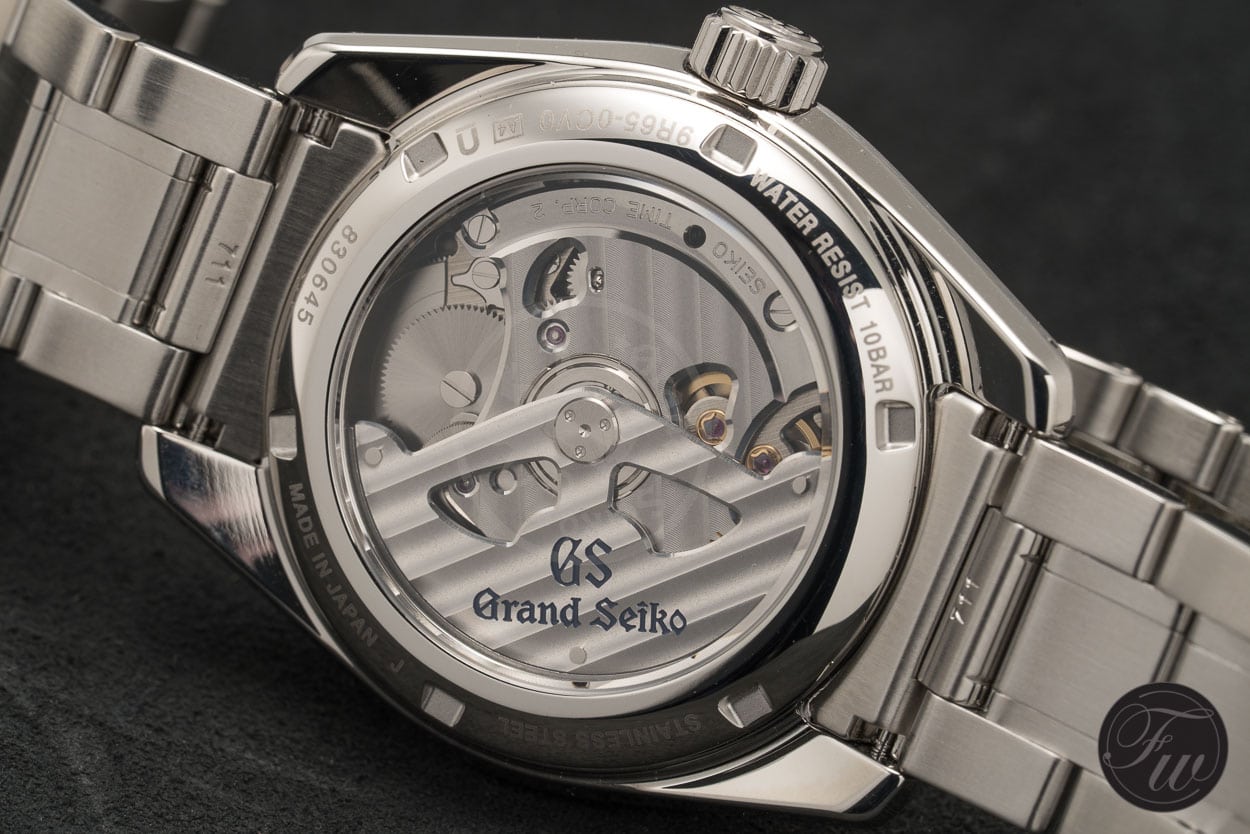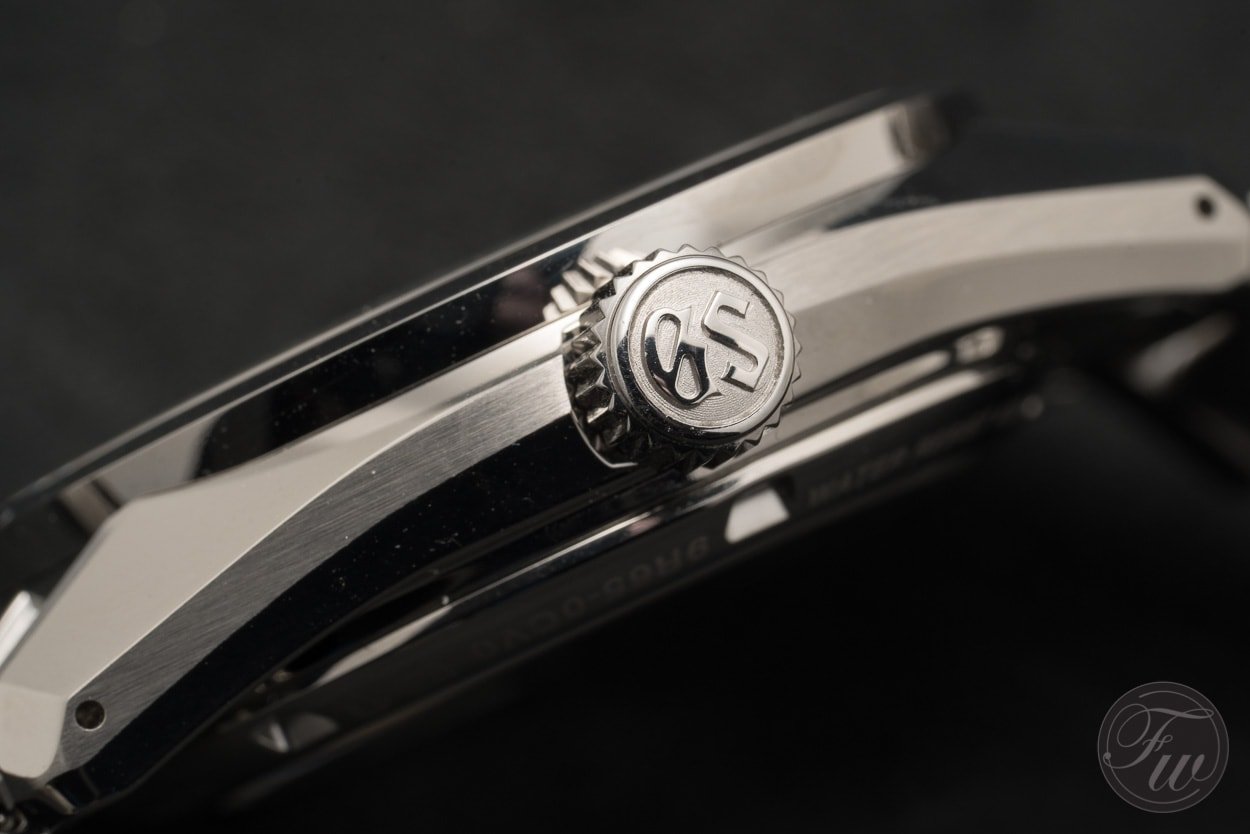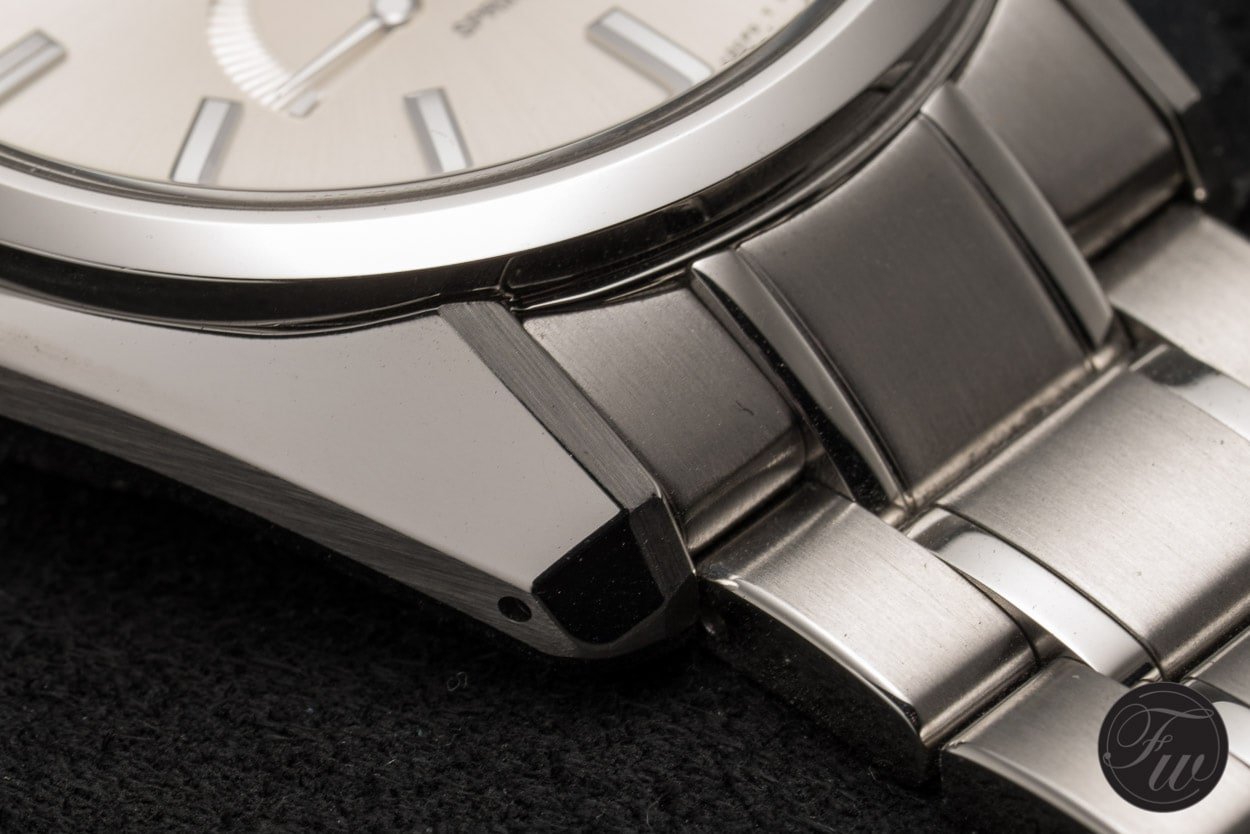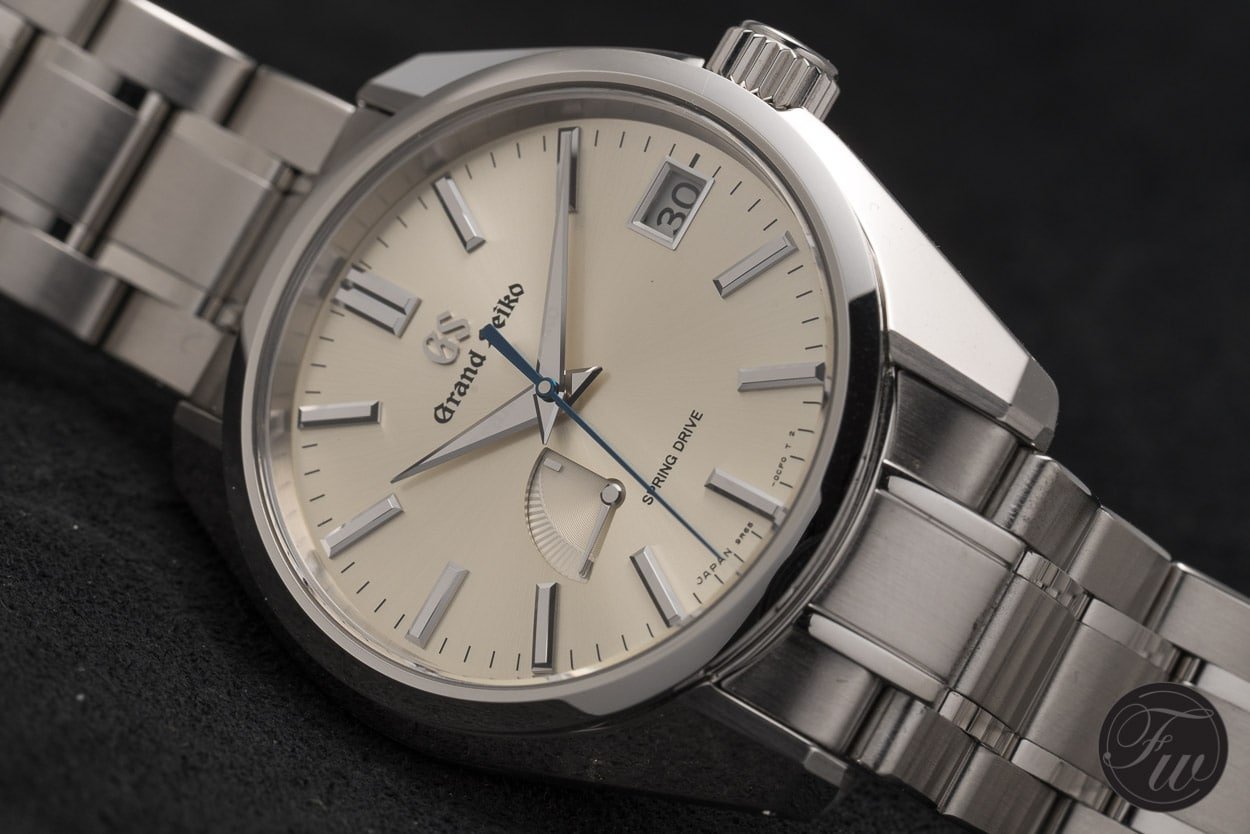Hands-On Grand Seiko SBGA373G (Spring Drive) Review [VIDEO]
Grand Seiko seems to be the community’s darling. Since a few years, collectors and watch journalists are all over it and it seems to be increasing by the day. With ‘in-house’ GS ambassadors such as Joe Kirk, who happens to be Director of the Seiko Boutique Miami Design district and puts out beautiful images on his Instagram and Facebook account, we get to see how the community responds to the amazingly well-finished Grand Seiko watches.
The enthusiasm for Grand Seiko is so huge, that some people do wonder what’s going on. Is it all paid-for content that is being published? Is Seiko giving away free stuff to press who talks positively about them? Grand Seiko is all over the place on social media, everyone is raving about them, but you rarely see them in the flesh.
Back when I started Fratello, in 2004, I wasn’t overly enthusiastic or positive about Grand Seiko. I actually wondered why anyone in his (or her) right mind would spend so much money on a watch that’s basically ‘a Seiko’. And I didn’t hide that opinion. But everyone makes mistakes, including me. Fast forward 10 years later and the realization came that Grand Seiko is actually something special. Add another year, and I find myself in the Grand Seiko manufacture in Japan, looking at the master watchmakers who perform painstakingly work on the little masterpieces. The finish on the case is impeccable, using a special polishing technique by the name of ‘Zaratsu’. 15 minutes later, I am staring at a guy who polishes and checks hour markers. One by one, using a little mirror to see if everything is as smooth as it needs to be. All parts are hand-picked, the cases are polished by hand, the movements have special materials to make them as accurate as possible and are constructed in such way that the watchmaker can easily work on them. It is a pity that Japan is so far away for most of the watch enthusiasts, as I convinced that seeing is believing. But in the end, the proof of the pudding is in the eating. I bought my first Grand Seiko about two weeks ago and it took me almost a year to decide which reference. They have so many interesting references, and I promised myself that it should not be an impulsive purchase. I tried different models, in Japan and more close to home, I debated about dials, materials and movements. And finally, I made my choice. I couldn’t be happier and every time I put it on my wrist, it amazes me.
Grand Seiko SBGA373G
The watch I have here today though is not mine. I will do a review about my own Grand Seiko later on, after a few months of wearing. However, it does have similarities, such as the bracelet and the case shape. This shape is also known as the ’44GS’ design. It is that typical Grand Seiko design that is also referred to as the ‘The Grammar of Design’, based on their design from 1967. I talked about it here. For me, it was important that my own watch would have this typical Grand Seiko style or better said: a 44GS case.
Grand Seiko’s SBGA373G reference has this 44GS case, and it is a first that this case style has a Spring Drive movement inside. This watch was introduced in BaselWorld this year and comes in this beautiful champagne colour and there’s the reference with a dark blue dial. Although I love blue, the champagne dial is perhaps a bit more timeless. As always with the Grand Seiko Spring Drive movements, also called calibre 9R movements, there’s this little extra hand on the dial, indicating the power reserve. This is also one of the minor issues I have with this watch, or in fact, all of these Spring Drive powered movements. It is a bit too much for me. Like on the famous Snow Flake dial model of this watch, the little power reserve indicator dilute a bit from the otherwise perfect dial. But, I can also imagine that there are some people out there who love this kind of function, or complication. Also, this is just a minor issue, I think that I can live with it for sure, given the rest of the watch’s features and characteristics.
The great thing about Grand Seiko is, as often echoed, the finishing. I mean, aside from all the technical things that concern the Spring Drive movement, the design of the watch is something you are confronted with multiple times per day. So it has to look good, no matter what type of movement is inside. Right? The Zaratsu polishing, the sharp and shiny hour markers as well as the hands, they all have their way with light. The movie below, shot by our own Berti Buijsrogge, will give you a pretty good understanding of how Grand Seiko’s (44GS) case plays with the light. Now, you might find yourself focused on the dial or the super smooth motion of the Spring Drive’s second hand, but try to pay close attention to the shape of the case, with the beautiful Zaratsu polished long and sharp lugs. It is so incredibly difficult to get the design of this watch, without holding it in the flesh. Even with the naked eye, you can’t fully appreciate this watch unless you hold it in your hands and can rotate it a bit so you can see all angles.
Grand Seiko SBGA373G Video
Spring Drive Calibre 9R
Inside this Grand Seiko SBGA373G, we find the calibre 9R65. Spring Drive can be seen as a hybrid movement but without a battery. It does use a quartz crystal though. The Spring Drive mechanism uses an electric speed control mechanism instead of a mechanical escapement. The regulator (Tri-Syncro) generates electricity by using the power of the mainspring. This electricity is not being stored (so no battery) but consumed immediately by the IC. The IC generates a reference signal that steers the electromagnetic brake controlling the speed of the wheel train. This invention, developed by Yoshikazu Akahane (who passed away in the meanwhile), took 20 years to be developed by Seiko. This movement basically uses the best of both worlds, or perhaps took out the weakest components from both movement types. It is incredibly accurate and as you can see in the image below and the video above, it is mechanical ‘enough’ to enjoy through the sapphire crystal.
It is the first time that the Spring Drive movement is being used in the 44GS case. This 40mm case is very comfortable on the wrist and does appear to be a little bit larger in my opinion. Probably due to the flat surfaces on the lugs. The GS-signed crown is a bit recessed but easy to grab and use. In order to use the crown for winding or setting the watch, you need to unscrew it. The screw-down crown, screw-down caseback and sapphire crystals ensure a water resistance of 100 meters. The thickness of the Grand Seiko SBGA373G is 12.5mm, a bit smaller than the 14mm of the 9S powered 44GS models.
Impressive
What impresses me most about this Grand Seiko SBGA373G is the design of the case and the movement. The case just doesn’t stop to ‘wow’ me everything I look at it. The flat surfaces and all the different angles used for this 44GS design are simply stunning. The watch is a joy to admire, all day long.
Grand Seiko’s Spring Drive movement is definitely a big plus for me as well. Although I consider myself to be a purist, I do admire certain movements that are not 100% mechanical. The use of a quartz crystal and IC is clever and solves the accuracy issue of a traditional mechanical movement. The fact that it doesn’t store its energy in a battery cell, makes it even more interesting. The very smooth sweep of the second’s hand gives a beautiful movement on the dial, even though the hi-beat 9S movements certainly are fun to look at as well.
The finish on the hands, hour markers and dial are on a level that surpasses a lot of high-end Swiss brands. Using a loupe, some of the watches we get are often showing rough edges or glue residue (really!) around the markers, not with this Grand Seiko. Everything has been finished with the greatest care and with eye for detail.
Now, you might think that €5200 (retail price of the Grand Seiko SBGA373G) is a lot of money for ‘a Seiko’, but beg to differ. The level of craftsmanship and innovation, as well as the unique design, can easily have a price tag like this.
What I don’t like about this watch, or perhaps liked less, are a couple of things. Of course, there’s the ‘Speedmaster’-style bracelet I don’t really care for. But that said, there’s nothing wrong with the quality and finish of the bracelet. I just don’t like the design, with the polished edges on the centre link. I also believe that the 44GS case ship will ‘pop’ much better when this watch is worn on a strap. A 19mm leather (alligator) strap will do the job nicely and you can find any of those to your own taste. Another personal point of criticism is the dial. This champagne dial can look very beautiful on pictures, or from certain angles in the flesh, but I personally found it a bit dull. Especially compared to the dial used for the Snowflake for example. Or the Mount Iwate type of dials. There’s also the dark blue dial variant (reference SBGA375) of this particular watch, which is already a bit more ‘striking’. But, of course, this is very personal and others might love it.
The contrast between the hour markers, hands and the champagne dial is very nice though, as can be seen above. As I wrote at the beginning of this article, the power reserve indicator is what bothers me most on the dial. I could have lived without, but I also realize it is part of the Spring Drive heritage or style. Perhaps it has become a signature of this specific movement. I just don’t see the use in a power reserve indicator on a self-winding watch (be it 100% mechanical or Spring Drive). A power reserve indicator makes much more sense on watches with a hand-wound movement in my opinion.
All that said, the minor issues I have with these things are very marginal when looking at this Grand Seiko SBGA373G in total. I realize I may sound a bit like a ‘converted’ Grand Seiko fan, but after studying them for quite a while now, having visited the Grand Seiko manufactures a couple of times in the past few years, the amazement just didn’t disappear. In fact, I decided to spent my own money on one just recently, and that’s – perhaps – one of the biggest compliments a watch journalist can give a watch. Putting your money where your mouth is. I am not the first Fratello member who bought a Grand Seiko, and I am pretty certain I won’t be the last either.
More information on the Grand Seiko SBGA373G can be found here.
p.s. I also noticed that Grand Seiko did some pricing adjustments. There were quite some differences between the several markets. The retail price of the Grand Seiko SBGA373G is €5200 (including taxes).

